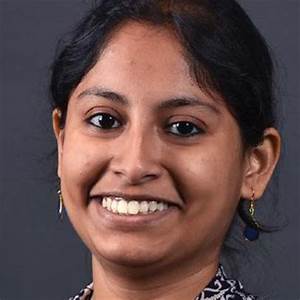Contributors
More »Why Output Gap is controversial
28/12/2020

(Co-authored with Amandeep Kaur)
The macroeconomic uncertainty in times of COVID-19 pandemic is hard to measure. Economists and policymakers use the variable “output gap” to capture the “slack”. It is a deviation between potential output and actual output, which is a standard representation of a “cycle”. The potential output ...
Agriculture as a shock-absorber
14/12/2020
The slew of agricultural reforms initiated by the government has led to a vigorous discussion in the media about the pros and cons of these policy changes. Most of these discussions have focussed on agriculture as an activity that provides farmers with a regular source of income. The arguments have ...

(co-authored with Debasri Mukherjee)
The developing world has succeeded in significantly reducing the prevalence of under-nourishment over the last three decades compared to India [See Figure 1]. However, during this time the share of wasted (having low weight-for-height) children in India has remained around 20 percent. The known causes ...
Reviving the Indian Economy
12/11/2020

The Finance Minister Smt Nirmala Sitharaman had said that the demand for consumer goods has increased considerably during the festival months. October-to-March is the festival season in India. Based on the “Nikkei Manufacturing Purchasing Manager's Index (PMI)”, the Finance Minister said that the “economic activity had picked up in ...

(Co-authored with Mita Choiudhury)
In a public health emergency, the role of the government is expected to be dominant as private provisioning is likely to be sub-optimal. Yet, in a health system, which is largely dominated by the private sector, a public-private interplay is inevitable. In this article, we ...
